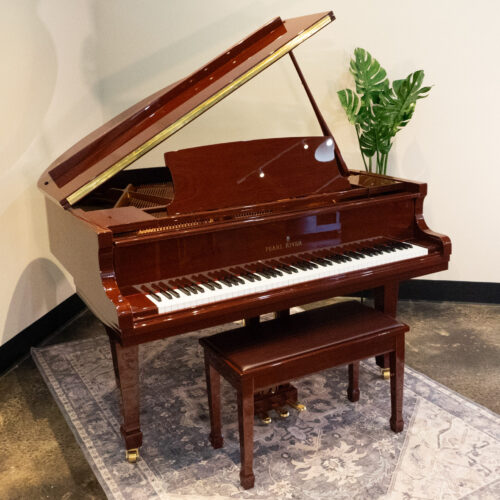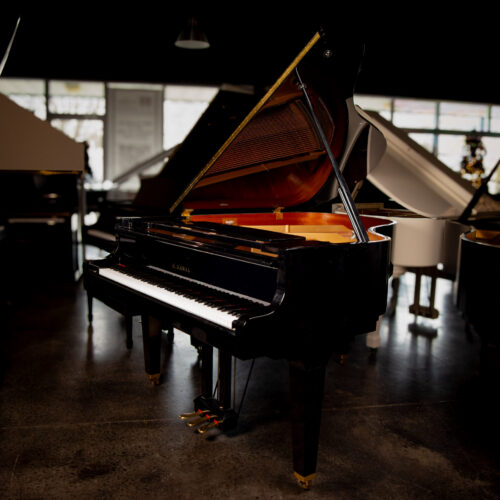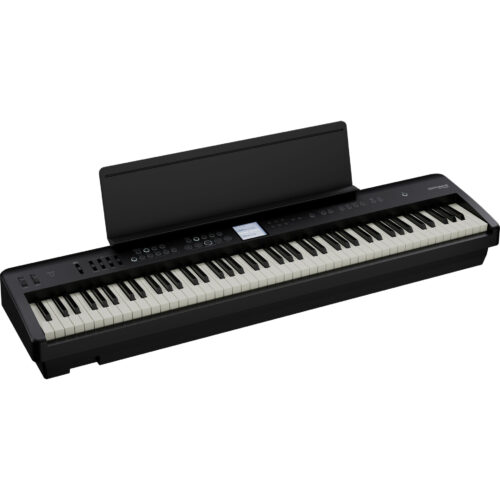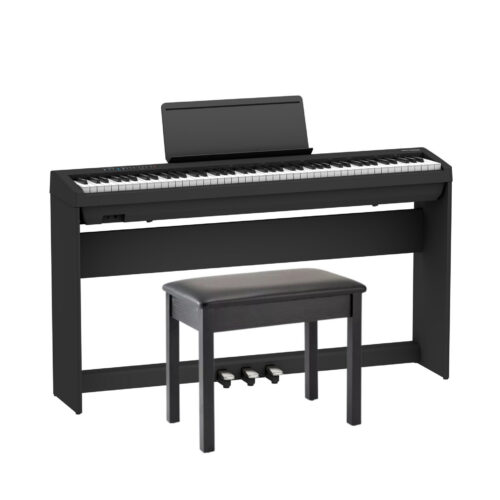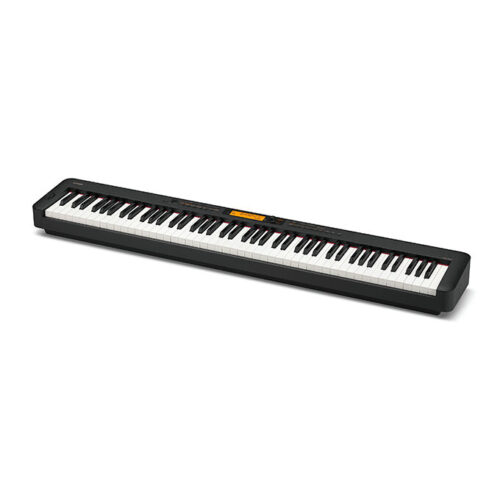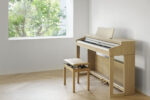The piano is one of the most famous instruments globally, and for a good reason. And there are many surprising facts about the piano, but here are a few you may have never heard of. Here are incredible piano facts you should know:
Bass Keys are Heavier, and Treble Keys are Lighter
This is called graded action. The keys become longer as you progress down the keyboard from high to low notes. The hammers on bass notes are similarly bigger and heavier. Furthermore, bass strings are thicker. As a result, pressing low notes is slightly more complex than pressing high notes. Several digital pianos now replicate this design to give their keys a more realistic feel.
Synthesizers Go Back to the 1800s
In 1897, the Telharmonium, an early electrical musical instrument, was introduced, and it was massive. (The Mark III model weighed in at 200 tons.) It was placed in the Metropolitan Opera House’s basement and was played through the telephone system. However, Thaddeus Cahill’s invention was eventually abandoned due to interference with naval communications. With Robert Moog’s Moog Modular Synthesizer in the mid-twentieth century, synthesizers took a giant leap forward. Moog is still a well-known synthesizer brand today. While most synthesizers are now digital, analog synthesizers are experiencing a renaissance.
Harpsichord Strings are Plucked, and Clavichord Strings are Hammered
Although harpsichords and clavichords are both progenitors of the contemporary piano, they have radically different sounds. Clavichords are quieter than harpsichords, which have a harsh, stringy sound. The mechanism of harpsichords and clavichords differs the most: harpsichords employ small quills on their hammers to pluck the strings, whereas clavichords use hammers. However, every clavichord has keys that play simultaneously.
The Pedals Have Separate Functions!
So, what are the functions of the various piano pedals?
- The una corda causes the keyboard to be shifted such that hammers only hit two of the three strings that they would usually hit. This softens the sound slightly, making it simpler to play softly.
- The sostenuto pedal sustains a selection of notes while leaving others unaffected, allowing you to play over a prolonged note with clarity.
- The sustain pedal is responsible for the “reverb” sound of piano tunes. This pedal has the potential to improve your piano skills!
The middle pedal on acoustic uprights is usually a muted practice pedal that allows you to practice late at night without disturbing anyone in your home.
Conclusion
We hope you enjoyed learning these incredible piano facts you should know! If you want to purchase your dream piano, check us out at Miller Piano Specialists in Franklin, TN. If you have any questions about where to buy a piano for the best price, we are open! Our hours are Monday-Saturday from 10 am to 6 pm. We are happy to help you in person again, using all the guidelines we have been provided. We are here for you.



